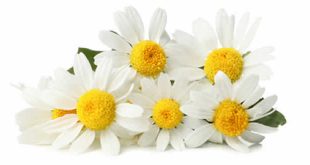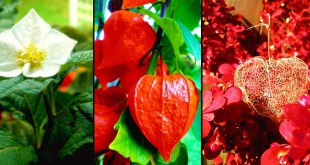 Mistletoe — Mistletoe is the common name for a group of hemi-parasitic plants in the order Santalales that grow attached to and within the branches of a tree or shrub. Parasitism evolved only nine times in the plant kingdom; of those, the parasitic mistletoe habit has evolved independently five times: Misodendraceae, Loranthaceae, Santalaceae (formerly considered the separate family Eremolepidaceae), and Santalaceae (formerly treated as the separate family Viscaceae). Although Viscaceae and Eremolepidaceae were placed in a broadly-defined Santalaceae by Angiosperm Phylogeny Group 2, they originated independently, according to DNA sequences analysed by Dan Nickrent, Southern Illinois University.
Mistletoe — Mistletoe is the common name for a group of hemi-parasitic plants in the order Santalales that grow attached to and within the branches of a tree or shrub. Parasitism evolved only nine times in the plant kingdom; of those, the parasitic mistletoe habit has evolved independently five times: Misodendraceae, Loranthaceae, Santalaceae (formerly considered the separate family Eremolepidaceae), and Santalaceae (formerly treated as the separate family Viscaceae). Although Viscaceae and Eremolepidaceae were placed in a broadly-defined Santalaceae by Angiosperm Phylogeny Group 2, they originated independently, according to DNA sequences analysed by Dan Nickrent, Southern Illinois University.
The word ‘mistletoe’ is of uncertain etymology; it may be related to German Mist, for dung and Tang for branch, but Old English mistel was also used for basil.
Mistletoe species grow on a wide range of host trees, and commonly reduce their growth but can kill them with heavy infestation. Viscum album can parasitise more than 200 tree and shrub species. Almost all mistletoes are hemi-parasites, bearing evergreen leaves that do some photosynthesis, and using the host mainly for water and mineral nutrients. An exception is the leafless quintral, Tristerix aphyllus, which lives deep inside the sugar-transporting tissue of a spiny cactus, appearing only to show its tubular red flowers. The genus Arceuthobium (dwarf mistletoe; Santalaceae) has reduced photosynthesis; as an adult, it manufactures only a small proportion of the sugars it needs from its own photosythesis but as a seedling it actively photosynthesizes until a connection to the host is established.
Some species of the largest family, Lranthaceae, have small, insect-pollinated flowers (as with Santalaceae), but others have spectacularly showy, large, bird-pollinated flowers.
 Kids Portal For Parents India Kids Network
Kids Portal For Parents India Kids Network




